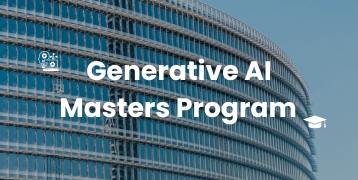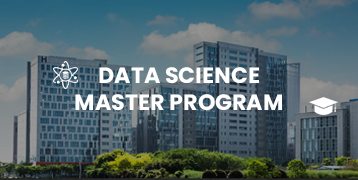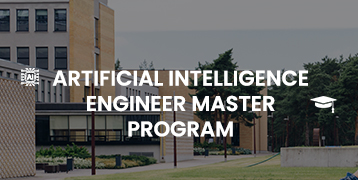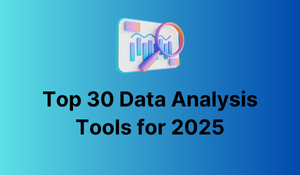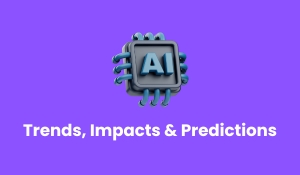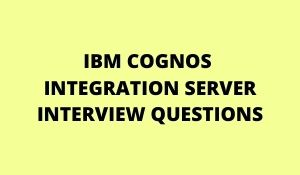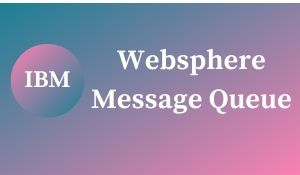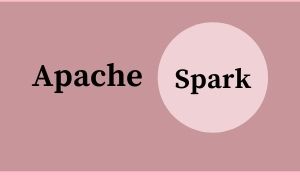
Streaming Big Data with Apache Spark:
Apache Spark is a data processing framework that can quickly perform processing tasks on very enormous data sets, and can also distribute data processing tasks across multiple computers, either on its own or in tandem with other distributed computing tools. These two qualities are key to the worlds of big data and machine learning, which need the marshaling of huge computing power to crunch through huge data stores. It also takes some of the programming burdens of these tasks off the shoulders of developers with an easy-to-use API that abstracts away much of the grunt work of distributed computing and big data processing.
Apache Spark Architecture:
At a fundamental level, an Apache Spark application consists of two main components: a driver, which converts the client’s code into multiple tasks that can be distributed across worker nodes, and executors, which run on those nodes and execute the tasks assigned to them. Some form of cluster manager is required to mediate between the two.
Out of the box, Spark can run in a standalone cluster mode that simply needs the Apache Spark framework and a JVM on each machine in your cluster. However, it’s more likely you’ll want to take advantage of a more robust resource or cluster management system to take care of allocating workers on demand for you. In the organization, this will normally mean running on Hadoop Yarn, but Apache Spark can also run on Apache Mesos, Kubernetes, and Docker Swarm.
If you seek a managed solution, then Apache Spark can be found as part of Amazon EMR, Google Cloud Dataproc, and Microsoft Azure HDInsight. Databricks, the company that employs the founders of Apache Spark, also provides the Databricks Unified Analytics Platform, which is a comprehensive managed service that enables Apache Spark clusters, streaming assist, integrated web-based notebook enhancement, and optimized cloud I/O performance over a standard Apache Spark distribution.
Apache Spark builds the client’s data processing commands into a Directed Acyclic Graph, or DAG. The DAG is Apache Spark’s scheduling layer; it determines what tasks are executed on what nodes and in what sequence.
Why use Apache Spark?
Due to two big advantages, Spark has become the framework of choice when processing big data, overtaking the old MapReduce paradigm that brought Hadoop to prominence.
The first advantage is speed. Spark’s in-memory data engine means that it can perform tasks up to 100 times faster than MapReduce in certain situations, particularly when compared with multi-stage jobs that need the writing of state back out to disk between stages. In essence, MapReduce creates a two-stage execution graph consisting of data mapping and reducing, whereas Apache Spark’s DAG has multiple stages that can be distributed more efficiently. Even Apache Spark jobs where the data cannot be completely contained within memory tend to be around ten times faster than their MapReduce counterpart.
The second advantage is the developer-friendly Spark API. As important as Spark’s speedup is, one could argue that the friendliness of the Spark API is even more important.
Spark RDD:
Apache Spark is the concept of the Resilient Distributed Dataset(RDD), a programming abstraction that represents an immutable collection of objects that can be split across a computing cluster. Operations on the RDDs can also be split across the cluster and executed in a parallel batch process, leading to fast and scalable parallel processing.
Related Courses:
| Course Name | Enroll Now |
|---|---|
| Big Data Architect Masters Program | Enroll Now |
| BIG DATA SPLUNK TRAINING | Enroll Now |
| BIG DATA APACHE FLUME TRAINING | Enroll Now |
| BIG DATA HADOOP TRAINING | Enroll Now |
| Talend Big Data Training | Enroll Now |
RDDs can be created from simple text files, SQL databases, NoSQL stores (like Cassandra and MongoDB), Amazon S3 buckets, and much more. Much of the Spark Core API is built on this RDD concept, allowing traditional map and decrease functionality, but also offering built-in support for joining data sets, filtering, sampling, and aggregation.
Spark runs in a distributed fashion by combining a driver core process that splits a Spark application into tasks and distributes them among many executor processes that do the work. These executors can be scaled up and down as needed for the app’s requirements.
Spark SQL:
Spark SQL has become more and more important to the Apache Spark project. It is likely the interface most commonly used by today’s developers when creating applications. It is focused on the processing of structured data, using a data frame approach borrowed from R and Python. But as the name suggests, Spark SQL also offers an SQL2003-compliant interface for querying data, bringing the power of Apache Spark to analysts along with the developers.
Alongside standard SQL support, Spark SQL offers a standard interface for reading from and writing to other data stores including JSON, HDFS, Apache Hive, JDBC, Apache ORC, and Apache Parquet, all of which are assisted out of the box.
Spark MLlib:
Apache Spark also bundles libraries for applying machine learning and graph analysis techniques to data at scale. It includes a framework for creating machine learning pipelines, providing for simple implementation of characteristic extraction, selections, and transformations on any structured dataset. MLlib comes with distributed implementations of clustering and classification algorithms like k-means clustering and random forests that can be swapped in and out of custom pipelines with ease. Models can be trained by data scientists in Apache Spark using R or Python, saved using MLlib, and then imported into a Java-based or Scala-based pipeline for production use.
Spark Streaming:
Spark Streaming was an early addition to Apache Spark that assisted it gain traction in environments that need real-time or near real-time processing. Previously, batch and stream processing in the world of Apache Hadoop were separate things. You would write MapReduce code for your batch processing requirements and use something like Apache Storm for your real-time streaming needs. This leads to disparate codebases that require to be kept in sync for the application domain despite being based on completely various frameworks, and necessary resources, and involving various operational concerns for running them.
It extended the Apache Spark concept of batch processing into streaming by breaking the stream down into a continuous series of microbatches, which could then be manipulated using the Apache Spark API. In this way, code in batch and streaming operations can share (mostly) the same code, running on the same framework, thus decreasing both developer and operator overhead.
Conclusion:
A criticism of the Spark Streaming approach is that micro batching, in scenarios where a low-latency response to incoming data is needed, may not be able to match the performance of other streaming-capable frameworks like Apache Storm, Apache Flink, and Apache Apex, all of which use a pure streaming method rather than microbatches. GoLogica crafted the course syllabus which gives basic to advanced levels of expertise on Apache Spark Training.
Here, you can get quality content regarding Apache Spark Training. This syllabus will be more than enough to appear for certification and interviews confidently. We provide the best Apache Spark online training with highly qualified professionals who have more than 18-20+ years of experience. Our team of experts is available to help you in learning Apache Spark online by providing continuous support.
👉 Related Articles:
🎯 About Big Data vs Internet Of Things
🎯 What is Big Data Analytics? A Complete Guide to Big Data Analytics
🎯 Big Data in Internet Of Things
🎯 What is MapReduce in Big Data?
🎯 Big Data vs Data Science vs Data Analytics
🎯 Detail Information about Big Data in AWS
🎯 Everything You Need To Know-Talend Big Data
🎯 Hadoop Vendors Leading the Big Data
🎯 Big Data solutions for SQL Server
🎯 Spark vs Hadoop: Which is the Best Big Data Framework?
🎯 BIG DATA TALEND Interview Questions and Answers
🎯 Big Data Mapreduce Interview Questions and Answers
🎯 Big Data&Hadoop Interview Questions and Answers



